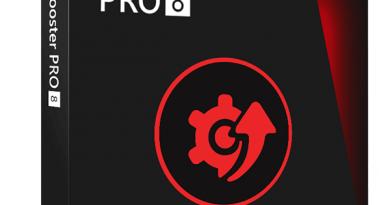Aligning Your Data and Cloud Strategies
Cloud transformation strategies have received increasing attention from business of all sizes of late. Unfortunately, with all of the cloud hype it is often easy to overlook one crucial element, and that is data. A success of a business relies on the quality, safety and accessibility of its data. For this reason, data strategy should be developed alongside digital and cloud strategies. There are some key factors that need to be in play to successfully apply this combined approach.
Contents
Know Your Data
Businesses generate and store a huge amount of often disparate data. All of this data comes from multiple sources and is stored on a variety of mediums, so understanding the structure of your data is extremely important for the efficient functioning of your business. Not fully understanding the structure, location or origin of your data can lead to problems with regulatory bodies.
A practical solution to keeping all of your data in check is to use a data management systems help you keep your data safe, organized and easy to access. If your current data is mismanaged, moving it to the cloud will only complicate things further. If your data is meticulously stored and arranged, you will be able to implement your cloud strategy more smoothly.
Define Your Business Goals
Even the most sophisticated IT system cannot operate on their own; they needs to be well aligned with realistic, clear and carefully thought out business goals. Future goals determine the direction and type of combined data and cloud strategy you should implement.
Creating shared key performance indicators will help you access and benchmark your future goals. Factor projected workloads and budgets into your assessment. If you do pivot or change direction in the future, you can always use the cloud to buy additional services on demand that better meet your needs.
Assess your Workload
Your next step in implementing a data led cloud transformation strategy is to run a comprehensive workload assessment. In our digital era, workloads can vary significantly, and often fluctuate unpredictably.
If you underestimate your projected workload, you can end up putting a lot of unnecessary strain on your infrastructure and bring down performance. Another factor to take into consideration is how workloads can vary depending on regional location. Understanding how recourses span internal, cloud and hybrid resources will improve the quality of your overall strategy.
Take Stock of Your Infrastructure, Controls and Cloud Apps
The modern business environment often requires you to have data on multiple platforms, be they local, public or multi-cloud solutions. By classifying your infrastructure, cloud apps and controls you will be able to more easily manage information across various different platforms.
Once you have completed the classification process, it is important that all aspects of your business are informed and involved. By relating the classification model to cost management and operations, you will ensure that the business stays in control of the cloud data strategy.
Hybrid Strategy Implementation
The final step is to implement your hybrid cloud data strategy. It is important to have a plan for using your hybrid cloud together with a combination of private and public resources. Once this is fine-tuned, you will be able to run your workloads in an efficient, optimized way.
The hybrid setup allows you to have full command of your data, as well as a high level of versatility and accessibility. This goes a long way when it comes to keeping on top of governance requirements and controlling day to day cost management.
Data management and Cloud strategies go hand in hand. Together they can form a powerful synergy that increases the efficiency of your business, cuts down costs, and makes sure you are on the right side of compliance requirements. This hybrid approach will increase the chances of success of your cloud transformation process.






Pingback: Why Today’s Employees Need Data Skills (and How to Make That Happen) - Night Helper